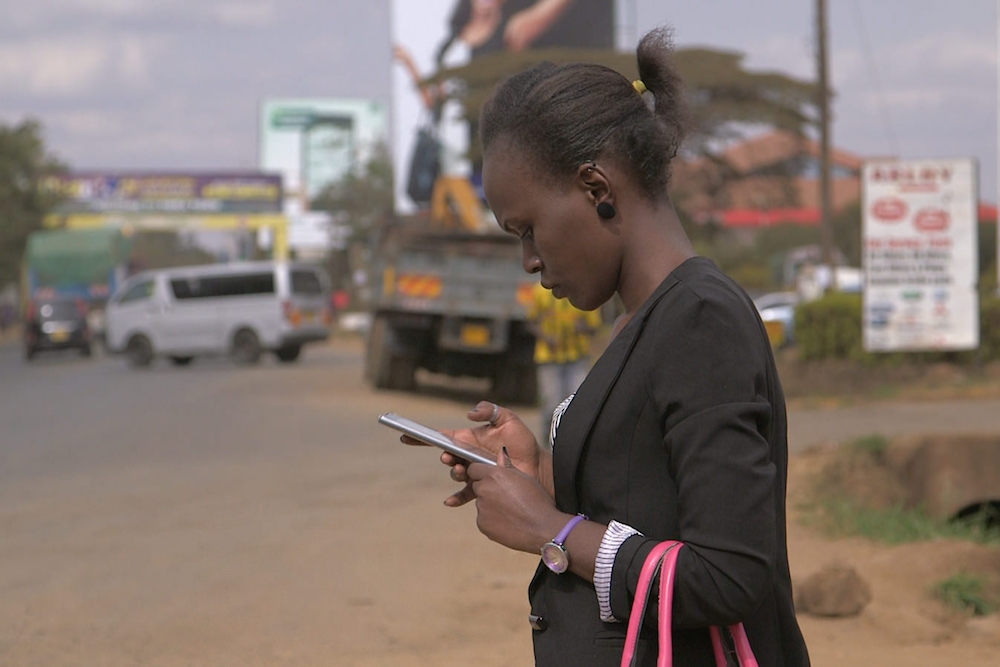In Kenya, as across most low- and middle-income countries, the majority of citizens connect to the internet via their mobile phones. In this paper, we explore the types of mobile data plans Kenyans purchase, in order to understand and quantify their levels of internet access, as well as to determine whether differences exist in the plans purchased between women and men.
Our findings indicate a significant difference between the data bundle purchasing preferences of women and men in Kenya. Women are more likely than men to buy full-cost data plans (i.e., plans with no restrictions on which sites/apps can be accessed). However, women often purchase smaller full-cost data plans (1GB or less) — likely as a result of lower relative incomes. When they do purchase full-cost plans, men are more likely to purchase larger bundles (i.e, larger than 1GB) compared to women.
In addition, men tend to purchase significantly more service-specific plans (i.e., plans in which access to only certain websites or apps are subsidised) compared to women. This is possibly because some service specific plans are targeted at men, and maybe less appealing to women. Based on these findings, we put forward recommendations to encourage the provision of mobile data bundles that are also more appealing and affordable to women. This can also ultimately lower the gender digital divide in the country.

